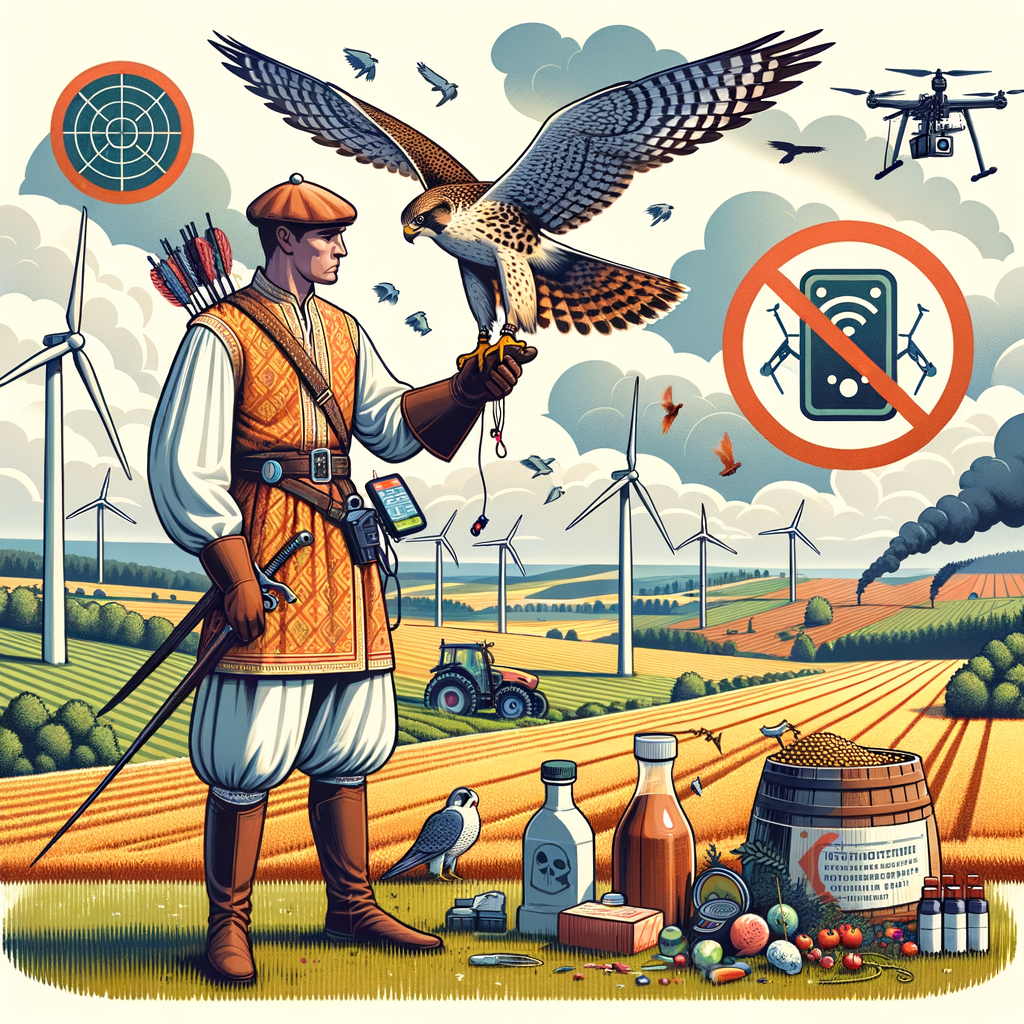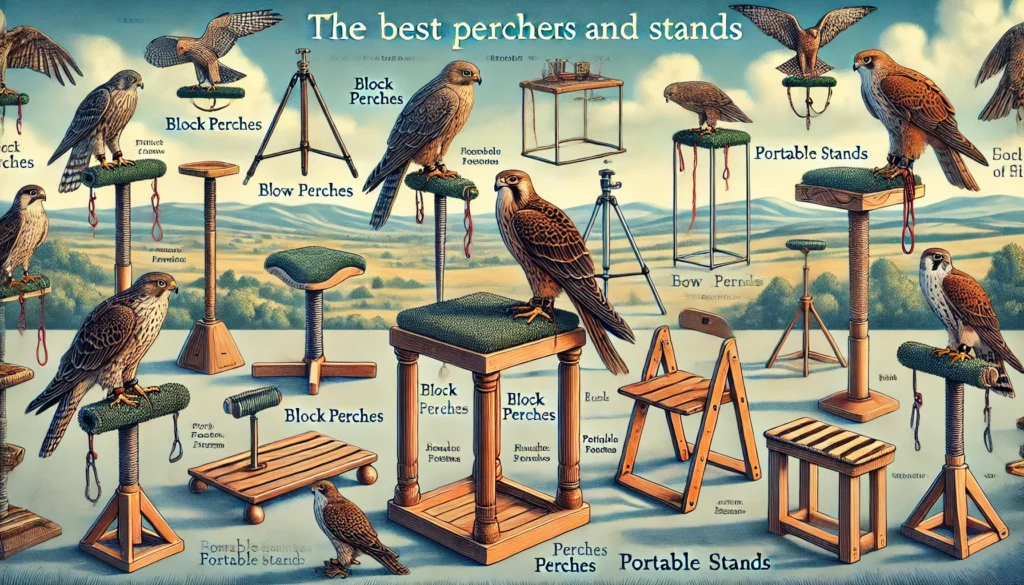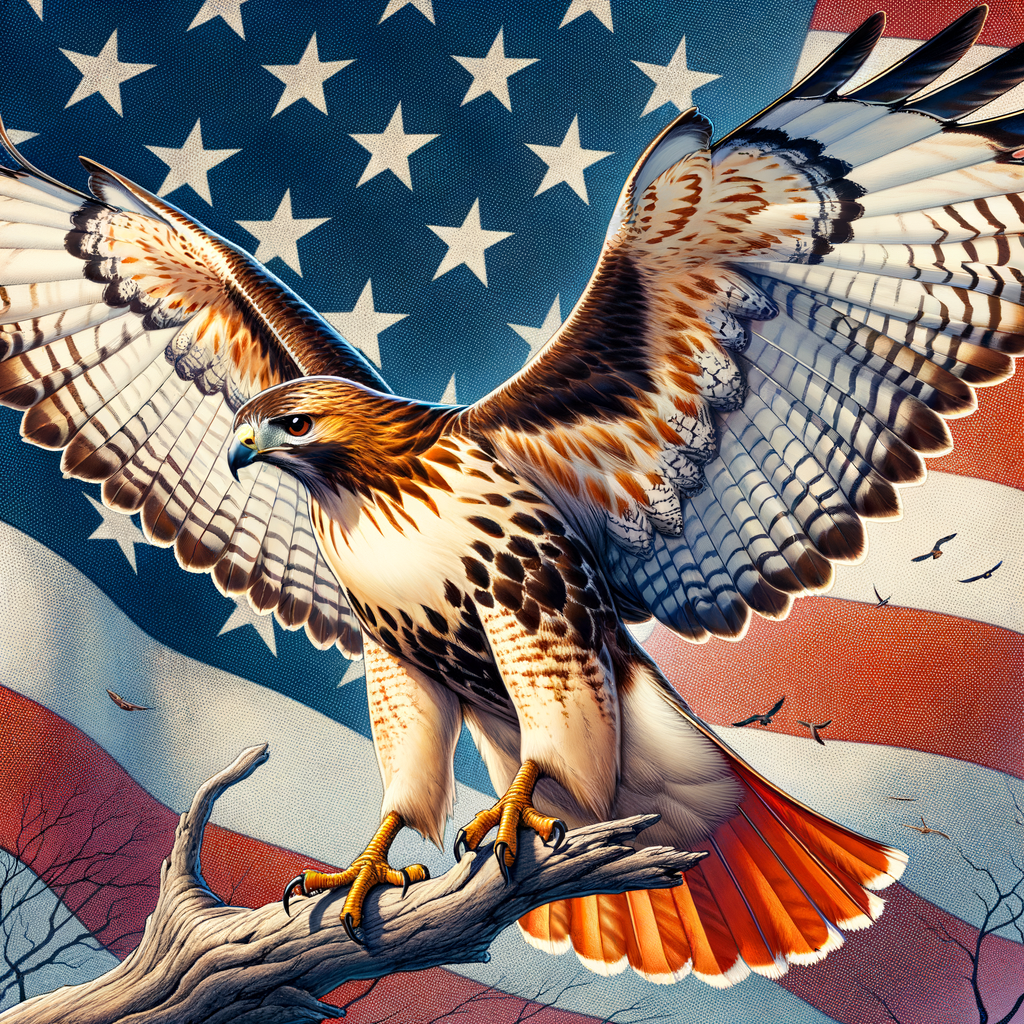Falconry, an ancient art of hunting with birds of prey, has stood the test of time. Yet, as we enter the 21st century, this noble practice faces new hurdles. From urban sprawl to changing wildlife laws, modern falconers must adapt to a rapidly evolving landscape. In this article, we’ll explore the key challenges confronting falconry today and how enthusiasts are working to preserve this time-honored tradition.
Here are the key takeaway points:
- Conservation issues threaten raptors and falconry practices
- Regulatory challenges impact falconry seasons and practices
- Illegal trade of raptors poses significant threats
- Public perception and conflicts affect falconry
- Environmental pressures challenge falconry sustainability
The Sky-High Hurdles of Modern Falconry: Why It Matters More Than Ever
Have you ever watched a majestic falcon soar through the sky and thought, “Wow, I wish I could do that!”? Well, you’re not alone! Falconry, the ancient art of hunting with birds of prey, has captivated humans for thousands of years. But in today’s world, this time-honored practice faces some pretty tough challenges.
Imagine trying to keep a wild bird as a hunting partner while juggling modern life, strict laws, and a changing environment. Sounds tricky, right? That’s exactly what modern falconers deal with every day.
In this article, we’ll dive into the fascinating world of falconry and explore the obstacles that today’s bird enthusiasts face. From urbanization to climate change, we’ll uncover why it’s getting harder to practice this incredible sport. But don’t worry – it’s not all doom and gloom! We’ll also look at why falconry is still important and how it’s adapting to the 21st century.
So, whether you’re a bird lover, a history buff, or just curious about unique hobbies, stick around. You’re about to discover why falconry isn’t just about cool birds and fancy gloves – it’s a window into our relationship with nature, tradition, and the wild world around us. Trust me, by the end of this article, you’ll see falconry in a whole new light!
Challenges Facing Modern Falconry
Modern falconry faces several challenges that impact its practice and future. Here’s a look at some of the main issues:
Conservation Concerns
Falconers play a crucial role in conservation efforts. Many work closely with wildlife agencies to protect and preserve bird of prey populations. Some key conservation activities include:
- Participating in breeding programs for endangered species
- Assisting in reintroduction efforts
- Monitoring wild populations
- Educating the public about raptor conservation
Despite these efforts, habitat loss and environmental changes continue to threaten many falcon species.
Legal Hurdles
Legal aspects of falconry have become increasingly complex. Falconers must navigate:
- Strict licensing requirements
- Regulations on capturing and keeping birds
- Laws governing the transport of raptors
- International treaties like CITES
These regulations, while necessary for conservation, can make it challenging for new falconers to enter the sport.
Urbanization Impact
As cities expand, falconry faces new challenges:
- Reduced hunting grounds
- Increased risk of birds colliding with buildings or vehicles
- Noise pollution affecting bird behavior
- Light pollution disrupting natural cycles
Some falconers are adapting by practicing urban falconry, but this comes with its own set of challenges and safety concerns.
Technological Advancements
While technology in falconry has brought many benefits, it also presents challenges:
- Balancing traditional methods with new tech
- Ensuring ethical use of tracking devices
- Adapting to changes in hunting techniques due to tech
Falconers must stay updated on the latest advancements while preserving the art’s rich traditions.
Public Perception
Falconry sometimes faces misunderstanding from the public. Challenges include:
- Educating people about falconry’s conservation role
- Addressing animal welfare concerns
- Promoting falconry as a valuable cultural heritage
Falconry clubs and organizations work hard to improve public perception through outreach and education programs.
Climate Change
Global climate shifts affect falconry in several ways:
- Changing migration patterns of prey species
- Alterations in breeding seasons
- Increased frequency of extreme weather events
Falconers must adapt their practices to these changing conditions, which can affect training, hunting, and bird health.
Final Thoughts
Falconry faces a unique set of challenges in the modern world. From strict regulations and habitat loss to public misconceptions and the time-intensive nature of the sport, today’s falconers must navigate a complex landscape. However, the passion and dedication of these bird enthusiasts continue to drive the sport forward.
As we’ve explored, education and conservation efforts are crucial in preserving this ancient art. By raising awareness, protecting habitats, and adapting to new technologies, falconers are finding innovative ways to keep their traditions alive while ensuring the welfare of their birds.
Ultimately, the future of falconry lies in striking a balance between honoring its rich history and embracing the realities of our changing world. With continued dedication and adaptability, falconry can thrive, offering unique insights into the powerful bond between humans and birds of prey for generations to come.



